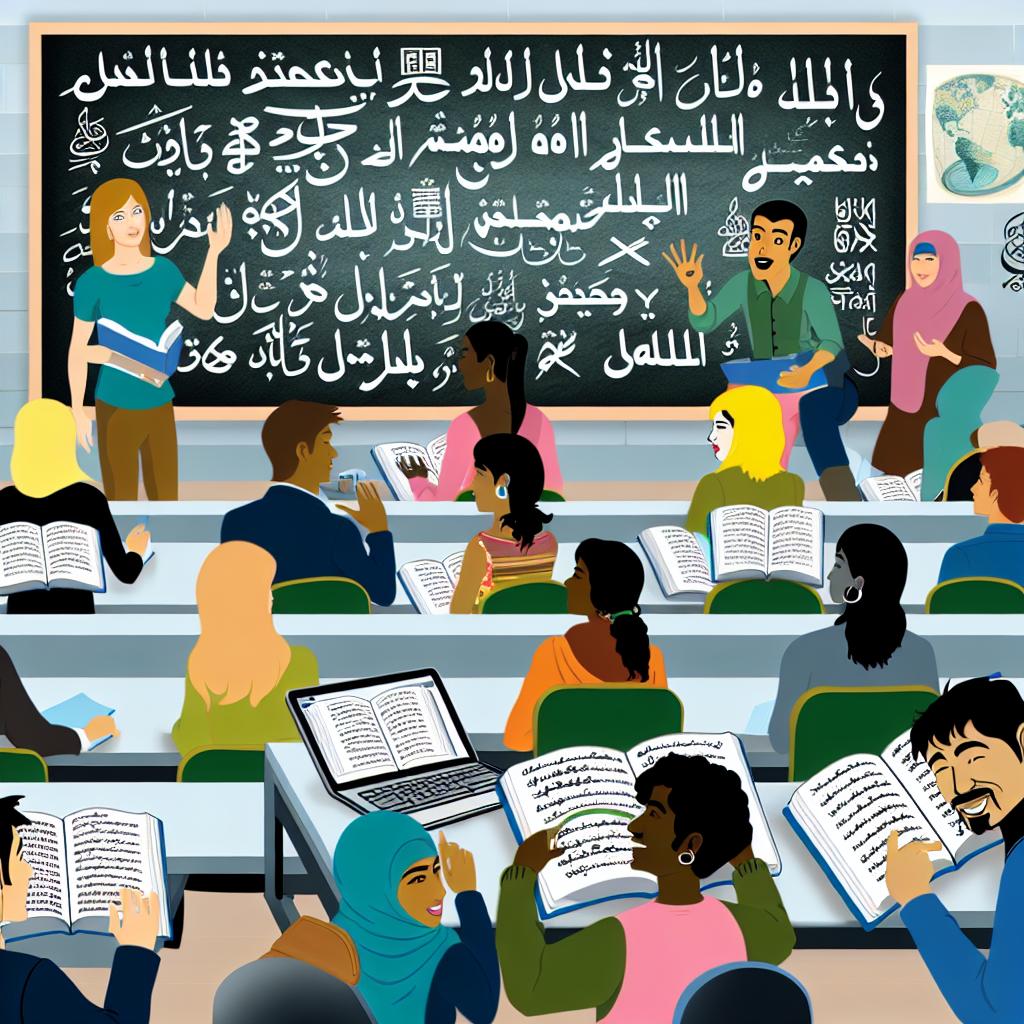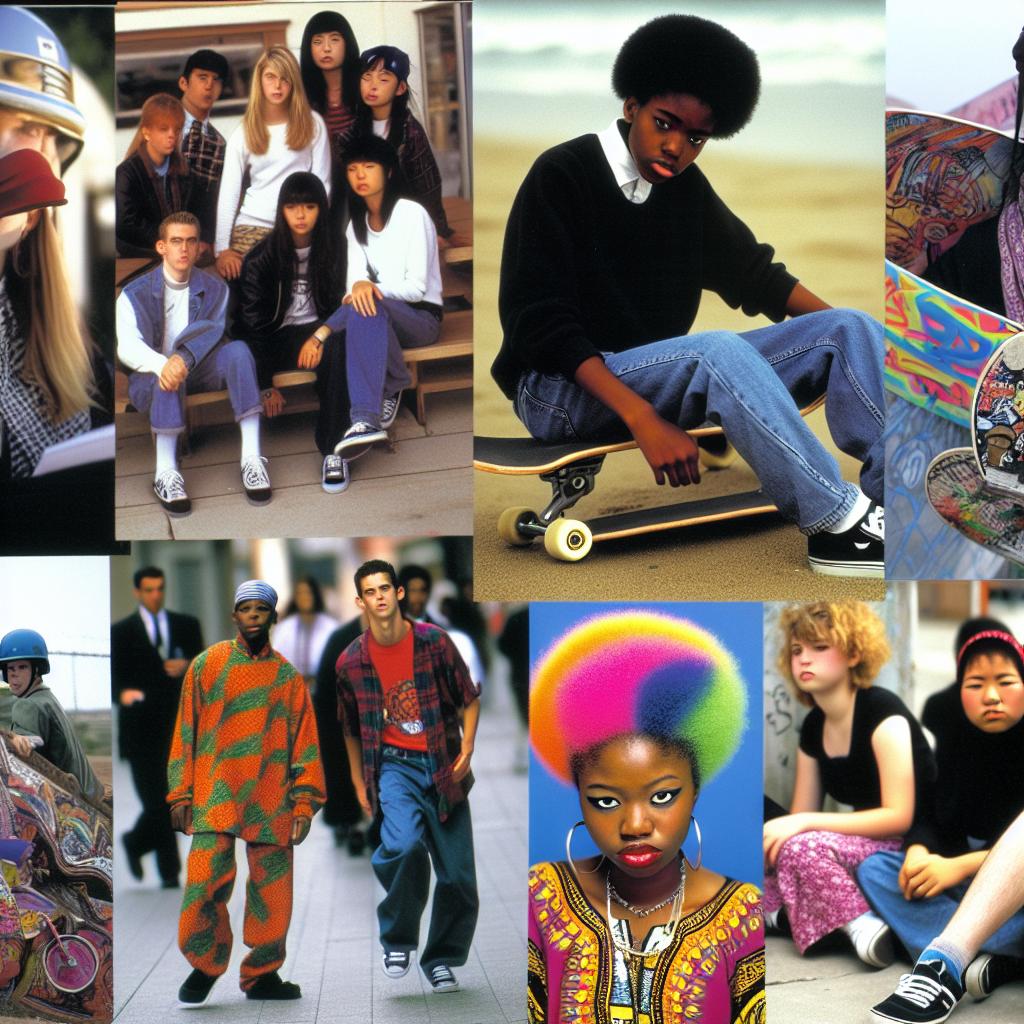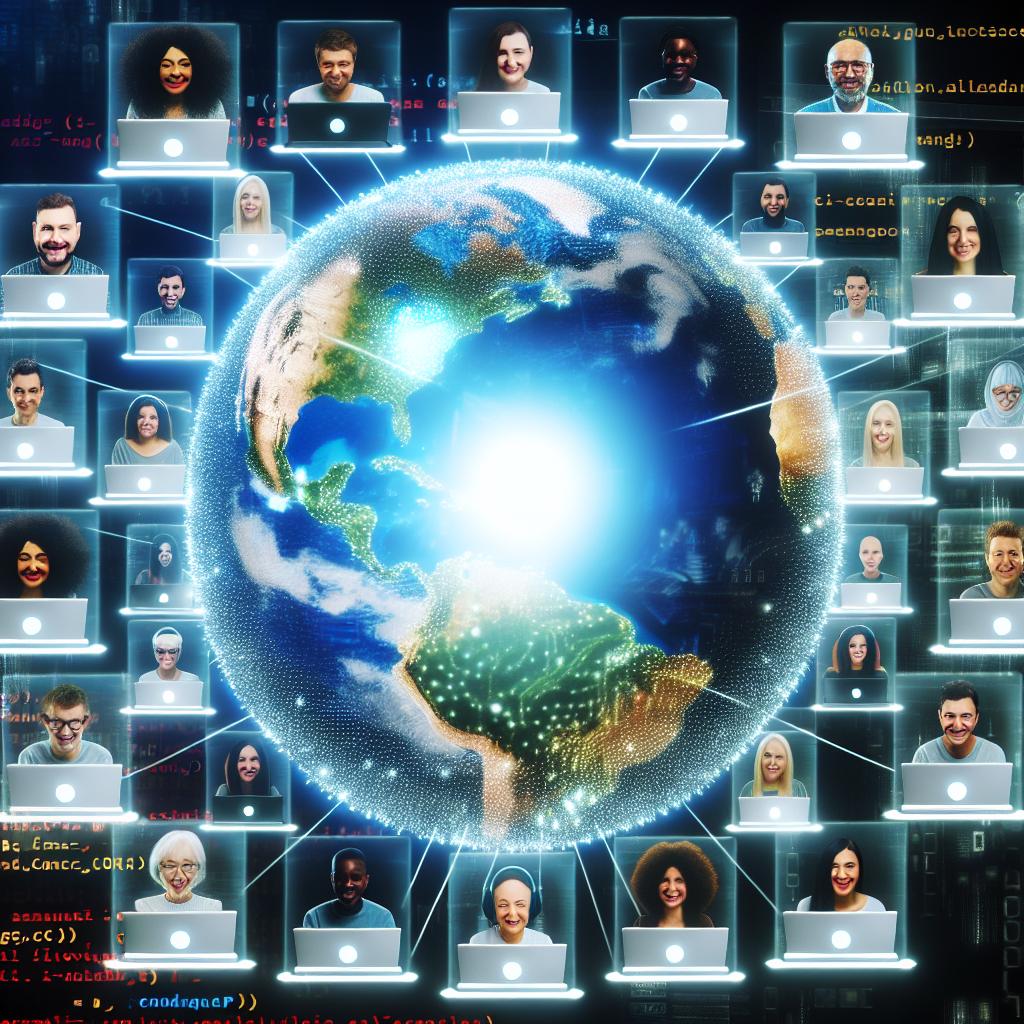Understanding Language and Cultural Meaning
Language is a complex and dynamic entity, deeply embedded within the fabric of culture. It goes beyond its basic function as a means to convey information, playing a vital role in shaping cultural identities and experiences. Through language, we not only exchange ideas but also share and perpetuate the cultural nuances that define various societies. Understanding this intricate relationship highlights the importance of language in the broader cultural context.
The Role of Language in Culture
Language is more than just a collection of words and grammar rules; it is a living repository that holds the collective knowledge, beliefs, and traditions of a cultural group. This repository serves to preserve societal values and historical narratives, ensuring that these elements are transmitted from generation to generation. When people engage in conversation, they are not merely trading sentences; they are partaking in an exchange of cultural identities and experiences. The idioms, metaphors, and colloquial phrases in a language often possess meanings steeped in cultural customs and historical context. Through language, cultural continuity is maintained, allowing individuals to connect with their heritage and share a communal identity.
Language as a Cultural Identifier
Language acts as a key identifier for cultural groups, serving both as a unifier and a distinguisher among communities. It is a powerful marker of identity that fosters a sense of belonging among those who share a linguistic heritage. For instance, individuals who speak the same language often share cultural ties, creating a strong sense of community and collective identity. On the flip side, linguistic diversity underscores the richness of cultural differences, allowing distinct cultural identities to be highlighted and celebrated. This dual role of language as both a binding and differentiating force illustrates its significant impact on cultural dynamics.
Language Evolution and Cultural Change
As societies evolve, so too does language. This evolution is necessary to accommodate the ever-changing cultural and social landscapes. New expressions and vocabularies emerge to reflect shifts in cultural values, technological advancements, and philosophical insights. The adoption and integration of new terms into a language ensure its continued relevance and adaptability to contemporary contexts. By tracing how languages evolve alongside cultural shifts, we gain insight into how closely intertwined language and culture truly are. This evolution is not merely linguistic but also cultural, signaling the organic and symbiotic relationship they share.
Impact of Language on Cultural Perceptions
The concept of linguistic relativity highlights the profound impact language has on cultural perceptions. According to this theory, the language one speaks can influence how they perceive and experience the world. Linguistic structures can shape cognitive processes, influencing attention to detail, memory, and the way individuals conceptualize reality. This whorfian perspective underscores the idea that language can mold thought, affecting how cultural phenomena are interpreted and understood. The language we use can thus frame our worldview, shaping our understanding of cultural norms, values, and experiences.
Expression of Cultural Norms
Cultural norms and values are often intricately woven into the fabric of language. They guide the communication styles and behaviors deemed appropriate within a given cultural context. For instance, in some cultures, indirect communication may be prized as a means to maintain social harmony and avoid direct confrontation. In contrast, other cultures may prioritize directness and explicitness to ensure clarity and precision in communication. These cultural preferences are reflected in the language, influencing how individuals interact and convey messages. Language, therefore, becomes a vehicle for expressing and negotiating cultural norms, signaling what is considered socially acceptable or desirable.
Cultural Nuances in Translation
Translating a language involves much more than a simple word-for-word substitution. It necessitates a deep understanding of the cultural context to accurately convey the intended meaning. Without this cultural sensitivity, translations can lose their intended nuance, potentially leading to misunderstandings or misinterpretations. Effective translation thus requires bridging linguistic gaps while preserving cultural subtleties, highlighting the importance of cultural literacy in cross-cultural communication. Recognizing the nuances involved ensures that the essence of cultural expressions is maintained, promoting effective and meaningful interactions across language barriers.
Preservation of Cultural Heritage
Language serves as a crucial conduit for preserving cultural heritage, ensuring that a community’s identity and traditions are sustained. This preservation enables the transmission of long-standing customs, beliefs, and historical narratives to future generations. Efforts to document and support endangered languages are driven by the desire to protect cultural diversity and heritage. By safeguarding languages at risk of disappearing, we help maintain the cultural richness that linguistically diverse communities offer to the global tapestry. The preservation of language is not only about conserving words but also about retaining the cultural wisdom and legacy embedded within them.
The Role of Bilingualism and Multilingualism
In multilingual societies, individuals who navigate multiple languages gain access to diverse cultural contexts, enriching their understanding and experiences. Bilingualism and multilingualism foster an appreciation for cultural diversity, promoting a more nuanced and flexible worldview. Moreover, multilingual individuals often exhibit enhanced cognitive flexibility and creativity, a testament to the dynamic interplay between language and culture. By engaging with multiple languages, people can broaden their horizons, developing a deeper appreciation for the complexity and diversity of the global cultural landscape.
Conclusion
Understanding the intricate relationship between language and culture is essential for appreciating the depth and richness of human communication. Language serves as more than a medium for exchanging information; it is a profound expression of cultural identity and heritage. Acknowledging the cultural meanings embedded within language enhances our ability to engage in meaningful cross-cultural exchanges, fostering greater understanding and appreciation between diverse communities. By recognizing the pivotal role language plays in shaping cultural experiences, we can embark on a journey towards deeper cultural connections and mutual respect.



